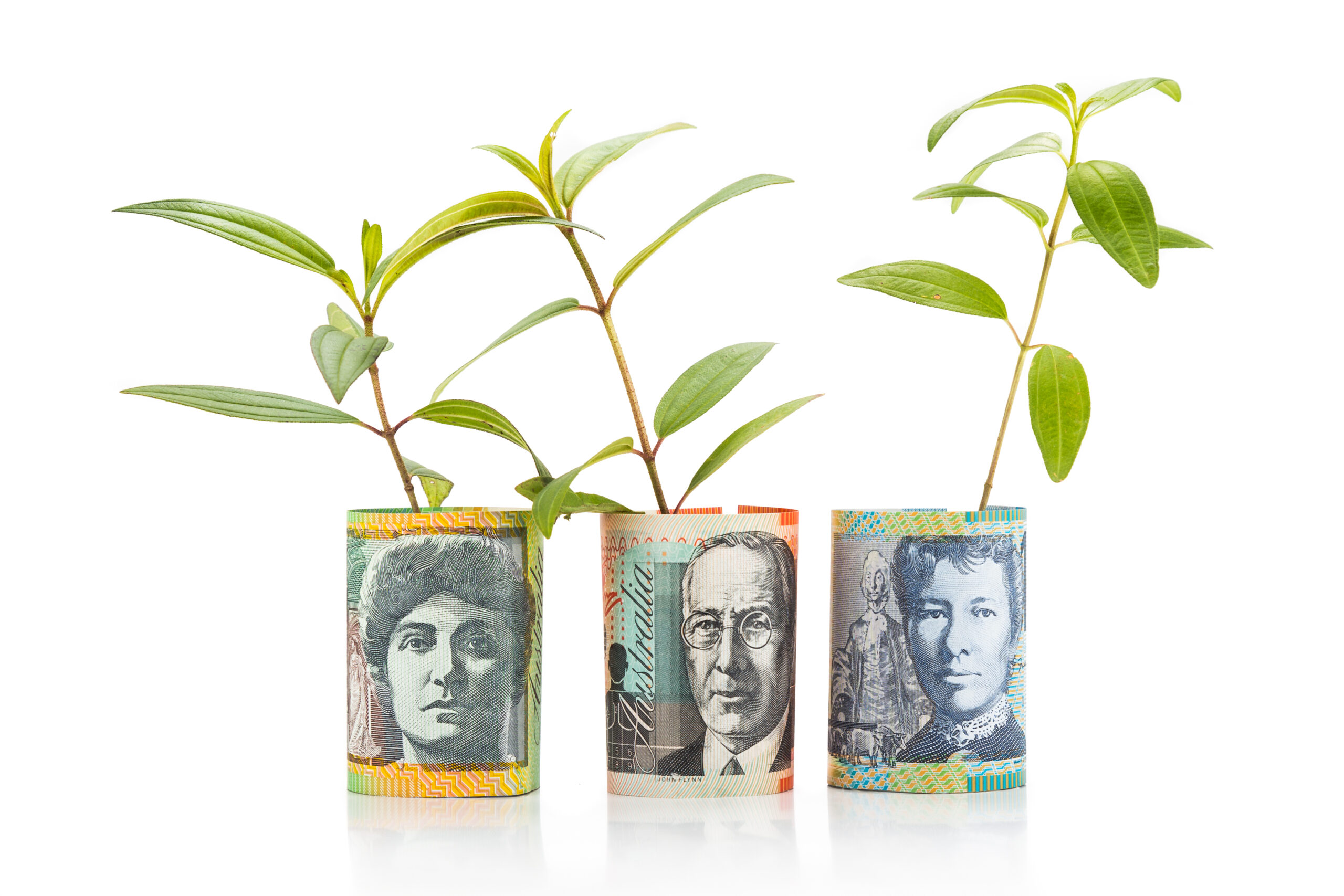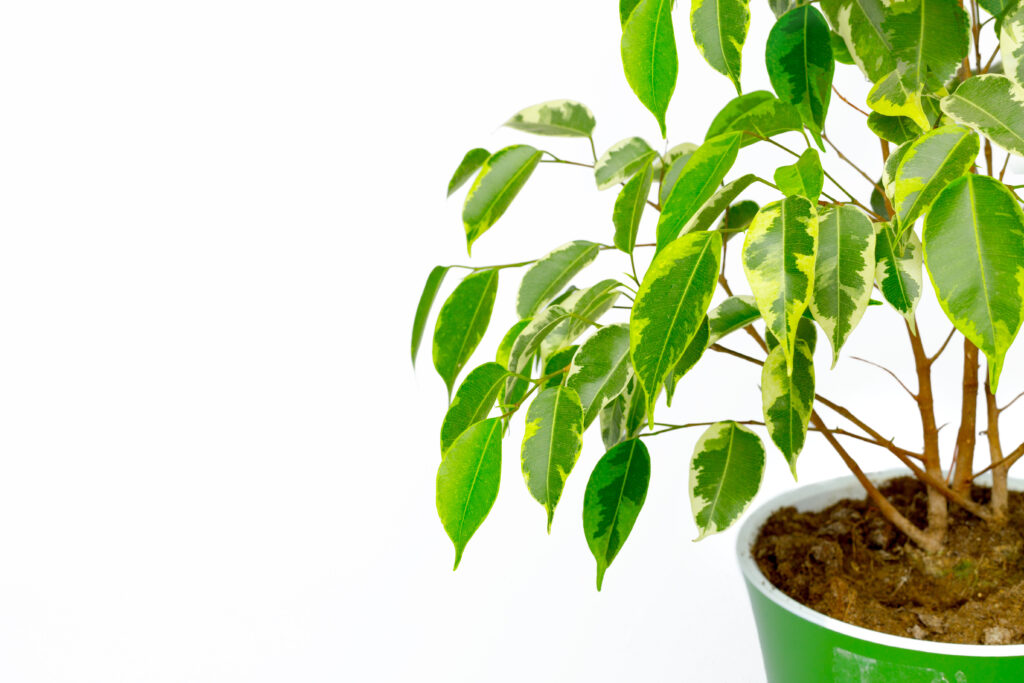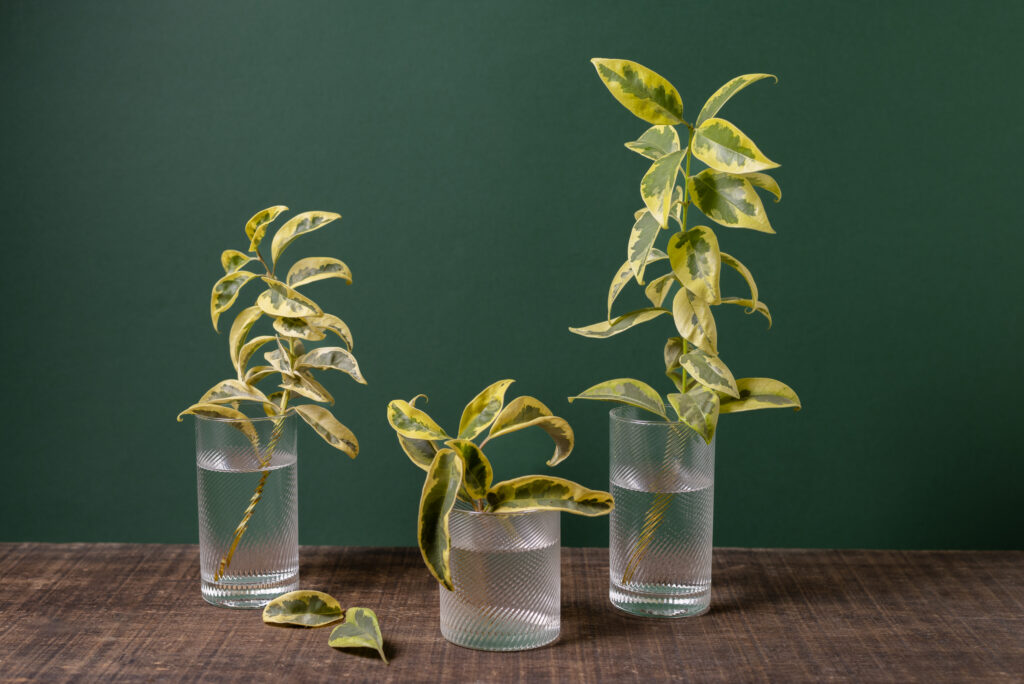- LIFE
Best Halloween Cat Names: Spooky & Sweet Options for Your Feline Friend


The money tree, or Pachira aquatica, is a popular houseplant known for its braided trunk and lush, green foliage. Native to Central and South America, this plant is not only aesthetically pleasing but also believed to bring good luck and prosperity to its owner. However, to truly enjoy the benefits of a money tree, it is essential to understand the specific care requirements that keep it thriving. This guide will walk you through the essential steps for money tree care, from selecting the right potting mix to mastering practical watering techniques, ensuring your plant remains healthy and vibrant year-round.

Money trees are relatively low-maintenance, but they do require some specific conditions to flourish. Understanding these needs is the first step in ensuring your plant’s health and longevity.
Choose a location with bright, indirect sunlight. Direct sunlight can scorch the leaves, while too little light can stunt growth. A spot near a window with filtered light is ideal.
Money trees prefer temperatures between 65°F and 80°F. They thrive in humid environments, so consider using a humidifier or placing a tray of water near the plant to increase humidity, especially during winter months.
The potting mix is crucial for the health of your money tree. A well-draining mix prevents root rot and promotes healthy growth.
Potting mix recommendations include a combination of peat moss, perlite, and sand to ensure adequate drainage. You can also add a small amount of orchid bark for added aeration.
Pachira aquatica thrives in bright, indirect light. While it can tolerate low light conditions, its growth may slow, and the leaves might lose some vibrancy.
If moving your plant from a low-light area to a brighter spot, do so gradually to prevent leaf burn. Start by placing it in the new location for a few hours each day, increasing the time over a week.

Proper watering is critical for money tree care. Overwatering can lead to root rot, a common issue for indoor plants.
Practical watering techniques involve allowing the top inch of soil to dry out between waterings. Insert your finger into the soil to check moisture levels before watering. Ensure the pot has drainage holes to prevent water from accumulating at the bottom.
Regular feeding can promote lush foliage and robust growth in your money tree.
Use a balanced, water-soluble fertilizer every four to six weeks during the growing season (spring and summer). Reduce feeding frequency in fall and winter when the plant’s growth naturally slows.
A seasonal care checklist can help keep your money tree in top condition throughout the year. Adjust your plant care routine to accommodate seasonal changes in temperature, light, and humidity.
Increase watering frequency as the plant enters its active growth phase. Ensure it receives adequate light and humidity.
Reduce watering and feeding. Maintain humidity levels and keep the plant away from cold drafts and heating vents.
Money trees are susceptible to various pests and diseases, which can hinder their growth and health.
Common pests and diseases include spider mites, mealybugs, and fungal infections. Regularly inspect your plant for signs of infestation, such as discolored leaves or webbing. Treat affected plants with insecticidal soap or neem oil, and ensure proper airflow around the plant.
For those looking to take their money tree care to the next level, advanced gardening techniques can enhance the plant’s health and appearance.
Prune your money tree to maintain its shape and encourage bushier growth. Remove dead or damaged leaves and branches to promote new growth.
Propagate your money tree by taking stem cuttings in the spring or summer. Place the cutting in water or a moist potting mix until roots develop, then transfer to a pot.
Growing money trees indoors offers numerous benefits beyond their decorative appeal. These plants are known to improve indoor air quality by filtering pollutants and increasing humidity levels.
Additionally, the belief in their ability to attract prosperity and good fortune makes them a popular choice for homes and offices, adding a touch of positive energy to any space.